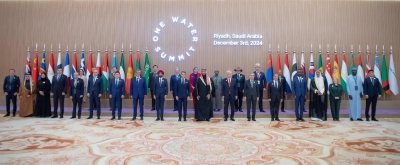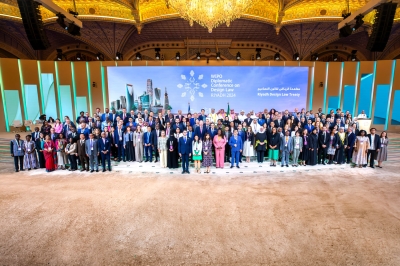
The Care Economy in the Kingdom of Saudi Arabia comprises various care services provided within the Kingdom. It includes markets for services and goods, employment, investments, infrastructure, government spending, final consumption by both the private and non-profit sectors, funds paid by consumers for the care of others in sectors such as health, social care, education, unpaid home care, domestic labor, and volunteering.
Workers in the care economy in Saudi Arabia
The care economy is a promising economy that is expected to surpass the growth of other economies, aligning with Saudi Vision 2030.
By mid-2021, the Saudi care economy employed two million male and female workers, representing 13.7 percent of the total jobs in the Saudi labor market, with a localization rate of 76 percent in care sectors.
Saudi education sector accounts for over 1.2 million jobs, while the health and social work sector employs more than eight hundred thousand individuals.
Beneficiaries of the care economy in Saudi Arabia
The estimated number of citizens needing care in the Kingdom is 8.2 million men and women, including seven hundred thousand Saudis aged fifteen to fifty-nine with disabilities. Children (under fifteen years) are estimated to be 6.2 million, and the elderly (sixty years and above) are 1.3 million. This is in addition to 1.6 million citizens, men and women, with chronic diseases (such as diabetes, cancer, hypertension, and cardiovascular diseases). Some of these sectors (especially those concerning children and the elderly,) experience high annual growth rates.
Expenditure on the care economy within Saudi Arabia
The increase in the number of people needing care corresponds with a rise in investments and funding in the care sectors. In 2022, the estimated government spending on education, health, and social development sectors was SAR393 billion, representing about 10 percent of the nominal gross domestic product (GDP). This figure excludes expenditures on hospitals under other ministries such as the Ministry of Defense, the Ministry of National Guard, the Ministry of Interior, and others.
The contribution of the private and non-profit sectors to investments directed toward the care sectors is modest. By the end of 2020, the private sector's contribution to total social spending was 1.4 percent, with the National Transformation Program aiming to increase it to 1.8 percent by 2025. The private sector's share in education spending was 1.1 percent, with the Human Capability Development Program aiming to raise it to 1.2 percent by 2025. Additionally, the Council of Cooperative Health Insurance plans to increase private health insurance coverage from 9.8 million people in 2021 to 21.7 million beneficiaries by 2030.
In 2021, organizations in the non-profit sector spent over SAR15 billion on the care economy. Additionally, Saudi households allocated approximately 4.3 percent of their monthly expenditure to purchasing care services. This expenditure is distributed as follows: 2.9 percent on education, 1.4 percent on health, and less than 0.2 percent on social services.
Care facilities in Saudi Arabia
The ministries of Education, Health, and Human Resources and Social Development, and the Technical and Vocational Training Corporation oversee thousands of health, educational, and social care facilities. According to 2019 statistics, there are 2,295 kindergarten facilities, 12,271 primary schools, 7,044 intermediate schools, 3,490 secondary schools, 4,430 secondary curriculum schools, 2,860 adult literacy and education centers, 3,007 special education programs, twenty-nine public universities, and 260 technical and vocational training facilities.
In terms of healthcare services, the Kingdom has 2,390 primary healthcare centers, 284 hospitals, eleven heart centers, four oncology centers, thirty-nine diabetes centers, 204 dialysis centers, forty-two dental centers, fourteen medical rehabilitation centers, thirteen central laboratories, twenty forensic medicine centers, 494 anti-smoking clinics, and twenty-eight preventive health monitoring centers at border crossings.
In the social services sector, the Kingdom has twenty-one social education homes for boys and girls, one orphanage, five social guidance homes, twelve social care homes for the elderly (both men and women), six social nurseries, seventeen social observation homes, thirty-four family protection homes, two social hospitality homes, nine girls' care institutions, seven vocational rehabilitation centers and departments, thirty-eight comprehensive rehabilitation centers, twelve social follow-up and anti-begging offices, 199 daycare centers for people with special needs, forty-three medical, health, and social services centers, and forty-one social development centers and social service centers.
There are also 850 non-profit organizations providing social services, 241 non-profit organizations offering health services, 1,183 non-profit organizations working in social development, and ninety-five non-profit organizations involved in education and research fields. Additionally, there are 253 scientific and health specialty associations.
Related quizzes
Related articles

